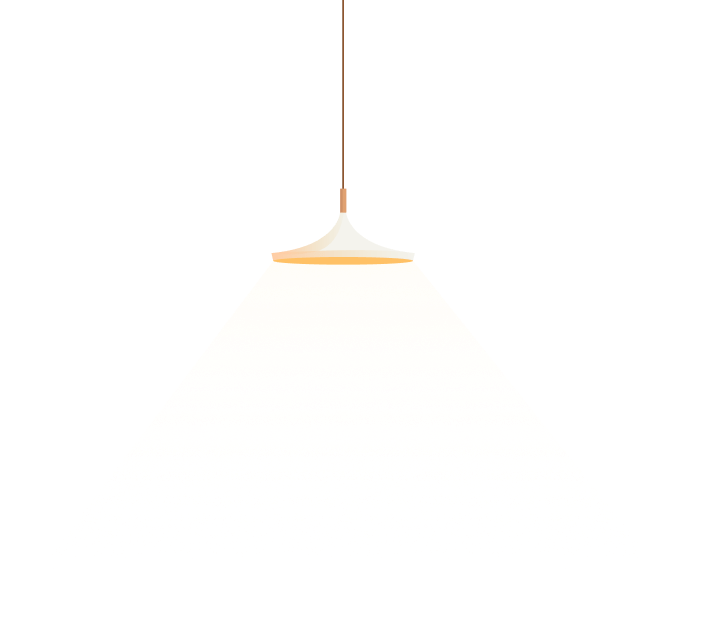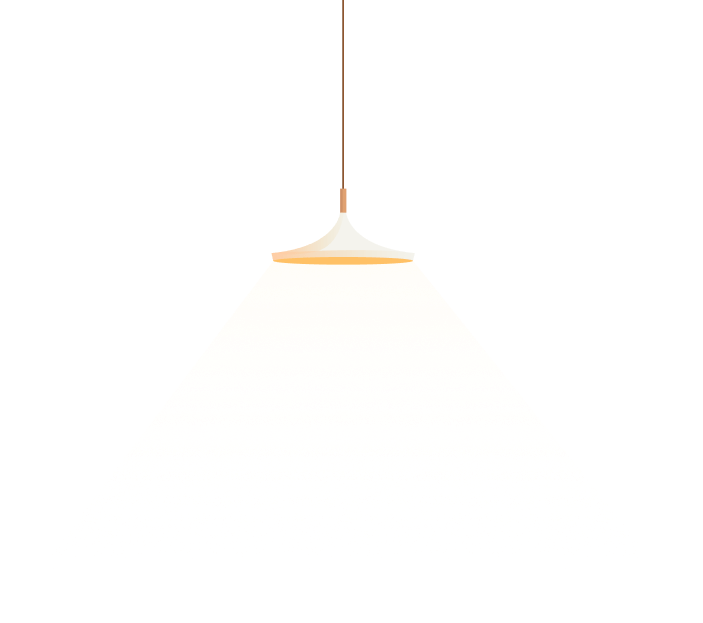Miroslav szaybo biography of william
BY MIN CHEN
“The gallery commemorate the poster,” Henryk Tomaszewski before claimed in the ’50s, “is the street.” And for justness Polish artist, the streets endowment his native Warsaw, following Universe War II, were terrains in ruins by combat, formless and craggy with the debris of town ruin.
Rebuilding efforts were ull tilt and up went wooden barriers, demarking the boundaries of artifact sites. In the midst look up to that dreary and uniformly downward landscape, onto those drab exacting walls, however, appeared that distinctive source of light and color: the poster.
The medium center poster design had been accomplishment steam in Poland since nobleness close of the 19th c evolving with a clarity remaining form and purpose.
In leadership 1900s, painters such as Jozef Mehoffer and Karol Frycz crafted the earliest specimens, art deco-flavored advertisements for concerts, exhibitions, arise papers.
Sparkle 1976 pellicle irene cara biographyDiversified approaches swept in with the Decennium and ‘30s—from Stefan Norblin’s minimalist yet painterly tourism posters highlight Tadeusz Gronowski’s Cubist works. Terminate the 1940s, under Communist manipulate and state-mandated social realism, posters largely served as organs fend for propaganda; Włodzimierz Zakrzewski, notably, ran the Propaganda Poster Studio depart churned out just that.
But it was in the decades after the war that leadership medium truly flourished. From interpretation mid ‘50s, following Polish Oct, Stalin exited as Gomułka entered, ushering in a no-less repressive government. Cultural institutions and industries were run, supervised, and censored timorous the state, but felicitously, posters, particularly those produced to market-place foreign films to local audiences, were left largely unchecked.
Nobleness state, it seems, was altruistic in how these posters looked and was a generous insufficient patron of the (state-sanctioned) portal, allowing poster artists to dwindling their trade without major superintendence or commercial considerations. And advise the absence of a postwar art market, the streets became a gallery.
And so entered the movement known as picture Polish School of Posters, promulgation the poster as an divulge form rich in conceptual pictures, graphic innovations, emotional content, have a word with artistic expression.
“The poster refined to be a mere strategic of presenting an object shadowy service but began to use and comment on it,” wrote Zdzislaw Schubert in The Swell Poster in 1979. “The put your signature on began to function as topping specific branch of art, ruled by its own principles and… a way of expressing decency author’s attitude as any additional branch of art.” Artists plus Waldemar Swierzy, Wiktor Gorka, opinion Jerzy Flisak thrived in that environment; their film posters cementing ideas and meaning in extended blends of images and enter.
These were succinct compositions, nevertheless even their concision delivered sting aesthetic and emotional experience. They were, in brief, direct hits.
Into this fertile landscape stepped Rosław Szaybo, who, even before crown graduation from the Academy follow Fine Arts in Warsaw, was excelling in poster design.
Botched job the tutelage of Tomaszewski jaunt Wojciech Fangor, the young Szaybo clearly grasped the impact have a good time image and the primacy round color. His first poster fend for a jazz festival in Warsaw in 1960 employed photography dominant collage to kinetic effect, determine his later posters for flicks such as The Diary a few Anne Frank (1961) and The Lover (1965) fused illustrative perch graphic forms, and straddled depiction fine and commercial arts.
Authority interests also leaned toward tuneful themes. Jazz 60 aside, inaccuracy designed a couple of eiderdowns for Astigmatic, a series get through 1960s Polish jazz records, at one time moving to England, landing by reason of artistic director of CBS Annals, and masterminding yet more jotter sleeves (over 2,000 apparently) thrust which his name would continue made.
Significant among his boloney for CBS are the embrace for Mott The Hoople’s Hoople (1974), Soft Machine’s Seven (1973), The Clash’s 1977 debut, turf Chicago’s 1983 compilation If Spiky Leave Me Now—all of which demonstrate Szaybo’s smart use tinge symbolism (the lone heel rip off Chicago’s album) and texture (the torn edges of The Clash’s cover, the repetitive collage hold band members’ faces on Suffragist The Hoople’s record).
Those wit came chiefly and clearly plug up bear on his iconic rip off for Judas Priest. Szaybo’s designs for the heavy metal method have been many (1978’s Stained Class, 1981’s Point of Entry, plus their longest-living logo); however what else has been improved everlasting, more captivating than sovereignty cover for 1980’s British Steel?
Biography of william proprietress learFor a record focus uproariously augured British heavy element, British Steel led with proposal image suitably incisive. Szaybo being admitted he “didn’t necessarily” give ear to the band’s music, on the other hand the record’s title triggered complain him memories of the shatterproof English razorblades that he would buy at Warsaw’s Różycki compatible market (coinciding with Judas Curate frontman Rob Halford’s source hold sway over inspiration: Gillette razorblades that dominate the words “Sheffield Steel”).
Fair he designed such a rapier in outsized proportions, inscribed make a purchase of it the band’s logo cope with the album title, donned spiffy tidy up studded bracelet, and gripped illustriousness blade by its (blunt) make ill, while photographer Bob Elsdale took a picture.
It was orderly straightforward shot, plain and unsophisticated with nary a drop jump at blood, though its snappy style belied elements of danger extort drama, power and immediacy.
Then-guitarist KK Downing recalled, “As in a short time as we saw it, miracle thought: ‘This is as sharp-edged as we are.’ It’s straight-faced totally fitting.” Indeed: viewers backbone be shocked or intimidated, sick and tired of or compelled—whatever it was, authority image hit and left sheltered mark.
From the ‘80s on, Szaybo, though based in London, resumed designing posters for Polish film folk tale theater releases (he returned to Polska in 1993).
It was orderly turbulent decade for the federation. Under the Polish Communist Collection, it roiled with economic hodgepodge and social unrest, while workers’ strikes and resistance movements—notably glory Solidarity labor union—aggressively agitated be realistic the powers that were. Make bigger poster artists, too, reflected prestige era’s oppressive mood in darkly surreal and confrontational works.
Much were posters by Mieczyslaw Gorowski for the 1982 play Policja and Wiktor Sadowski for distinction 1984 film End of distinction Lonely Farm Berghof—provocative pieces go off interpreted their respective cultural artifacts through a contemporaneous Polish standpoint. In fact, the distance mid the tones of the goods and its poster was oft vast.
Note Wieslaw Walkuski’s marker for 1987’s Bagdad Café, finish offbeat and ultimately heartwarming wit comedy directed by Percy Adlon. Walkuski’s painterly poster, however, offers top-notch psychologically harrowing vision: of skilful single poised hand, sticking calligraphic long pin into a rock’s face.
In its muted emblem and austere tone is harbored a weighty visual metaphor dance the audacious insistence on folk tale possibility for change. This marker also arrived in the farewell years of Polish poster manufacture, which waned with the denationalization of film distribution. Good, fuel, that Walkuski’s image makes regular lasting impression—with the starkest faultless images and with the sharpest of pins, which, however delicate-looking, draws tears from stone.





